Emergency Laparoscopic Cholecystectomy for acute gallstone disease – prospective outcome evaluation study
ABSTRACT NUMBER: NESS_6
AIM
To evaluate the outcome of a recent change in practice in the management of acute gallstone disease in a district general hospital
METHODS
Consecutive patients from August 2017 to July 2018 who presented as an emergency with biliary colic, acute calculous cholecystitis (AUGIS 2015 guidelines) or mild acute gallstone pancreatitis (Revised Atlanta Classification 2012) were included. Patient demographics, radiological investigations, interventions performed, intraoperative complications, reasons for non-operative management, hospital stay and readmission rates were recorded prospectively on a purpose-specific password protected database (Microsoft Excel 2010 version 14.0, Microsoft Corporation, Washington, USA). Laparoscopic cholecystectomy was performed by both upper and lower gastrointestinal surgeons participating in the ‘hot gallbladder’ pathway.
RESULTS
| Number of patients | 168 |
| Gender (F:M) | 107:61 |
| Median (IQR) age | 58 (40-69) years |
| Laparoscopic cholecystectomy during index admission (no conversion to open surgery, no bile duct injury)
Biliary Colic Acute calculous cholecystitis Mild acute gallstone pancreatitis |
95/168 (57%)
27/55 (49%) 59/90 (66%) 9/23 (39%) |
| MRCP (magnetic resonance cholangiopancreatography) | 64/168 (38%) |
| Intraoperative cholangiogram | 32/95 (33.7%) |
| Pre-operative ERCP | 14/95 (14.76%) |
| Post-operative ERCP | 4/95 (4.2%) |
| Median (IQR) length of stay cholecystectomy group | 3 (2-5) days |
| Median (IQR) length of stay non-operative group | 3 (2-4.5) days |
| 30-day readmission rate cholecystectomy group | 2/95 (2.1%) |
| 30-day readmission rate non-operative group | 10/73 (13.7%) |
CONCLUSION
Emergency cholecystectomy for acute gallstone disease can be safely performed in suitable patients to expected standards within a dedicated pathway in a district general hospital.
